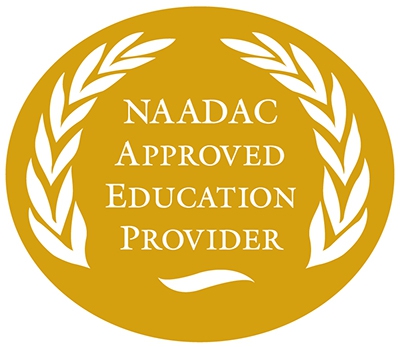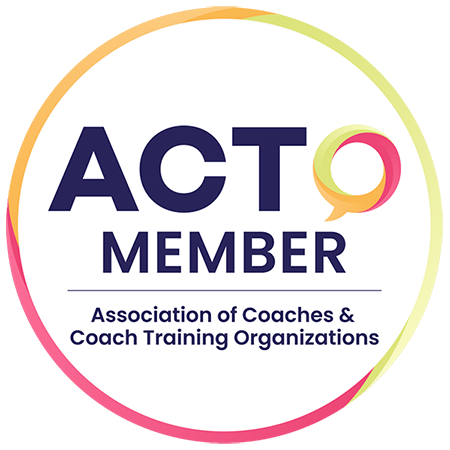
By: Kimberly Gleason
Many organizations hire coaches to work with their leaders. They want their leaders to be motivated, results-oriented, productive, and successful. In fact, they want their leaders trained in how to coach their team members. However, coaching individual leaders (or even training them in coaching skills) doesn’t necessarily translate to a company culture of coaching. In other words, understanding the benefits of coaching and knowing how to coach doesn’t lead to change within the overall structure, processes, and relationship dynamics within the workplace—a coaching culture.
According to the renowned Center for Creative Leadership’s research, “[L]eaders are confident that coaching cultures benefit the business in ways that include: increasing employee engagement, job satisfaction, morale, collaboration and teamwork. Yet, these same leaders recognize that their organizations may be out of step in their current use of coaching compared with the potential of coaching.”
So what we have here is the belief that while building a culture of coaching can and does bring huge benefits to companies, rarely do leaders implement the practice, despite having been trained in coaching skills. So yes, they personally benefit from coaching and even from coach training, but then the coaching ball is dropped, such that it doesn’t permeate at all levels of the organization. According to BlessingWhite’s research, “Few [companies] have succeeded in creating cultures where coaching of employees is a regular, fully supported, and rewarded managerial practice….They like to coach, know they should, but don’t get around to doing it with any regularity.”
So how does an organization create a culture of coaching, anyway? Studies conducted by Personnel Today, The Center of Creative Leadership, Business Management, Coaching Today, BlessingWhite, International Coach Federation, and others show that organizations must align themselves with these ten steps for integrating and sustaining coaching within an organization.
- Enlist a sponsor. This sponsor,a highly respected and influential top executive, champions the coaching initiative. Having a sponsor who spreads the word and touts the benefits creates buy-in from others.
- Choose role models. Pick role models who possess effective coaching skills, people who have demonstrated what it means to be a great coach. Ensure staff understands why they’re great.
- Connect coaching results to company goals. Coaching cannot be a stand-alone initiative. It must be directly connected to the company’s goals, or else why all the effort and promotion?
- Offer leaders coach training. I’ve come across a lot of trainings that teach about coaching. But effective training incorporates know-how with hands-on practice and feedback from an experienced, qualified coach.
- Use external coaches. Culture change is not easy, nor fast. Changing a culture is generally a long-term, often years-long, process that should be informed by a trained, experienced, unbiased, and objective outside observer. An external coach will provide insight, observation, feedback, and accountability to stick with it, so that coaching becomes sustainable and widespread.
So there’s the first five steps. We have a start, but there’s so much more to consider. Check back next month for part two. Until then, happy coaching!

Kimberly Gleason, an ILCT student, is a Grand Rapids-based personal and executive leadership coach, business coach, career coach, author of over 80 newspaper and magazine articles, professional speaker, and trainer. She specializes in helping leaders to improve individual and team performance, effectiveness, engagement, retention, and results. You can find out more about her free e-books, blog, resources, presentations, and programs at www.kimberlygleasoncoaching.com.




